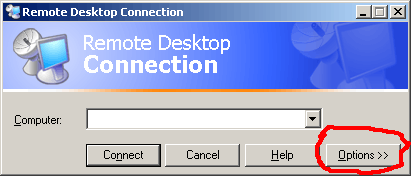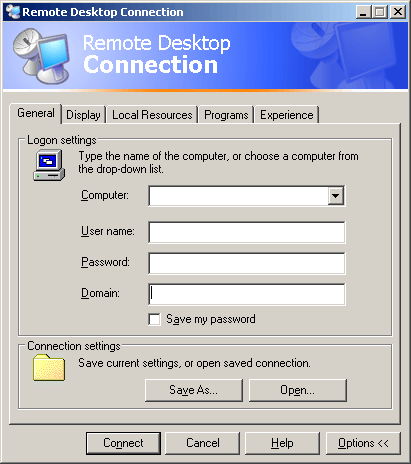The best way is to simply turn off unnecessary features, and tone down the others.
With Remote desktop open, click the [ Options >> ] button:

The window size will increase and you will see a number of tabs as shown here:

These are the main tabs to look at to increase your performance:
The "Display" tab
You can decrease the size in which you will view the remote desktop in this tab. Lowering this greatly improves performance, just make sure you can still read text and see what you're doing.
You can also change the color detail in this tab, If you are simply viewing text, 256 colors is fine, else try 15 or 16-bit if 256 is too low for you.
The "Local Resources" tab
The only main bandwidth eater in this tab is the remote sounds. If you do not need to hear sounds from the remote computer, I'd suggest turning this off altogether.
The "Experience" tab
In this tab I'd suggest unchecking every checkbox except for "Bitmap caching". Bitmap caching will download images that you will see most often such as the start menu image or system tray, and save them locally to your PC. For a low bandwidth user this is beneficial, as these "chunks" of the screen are not resent each refresh.


I have fiber optic connection at my house and downloads easily go 1mb/sec and higher, so i don't think so... – H B K – 2009-07-27T06:38:56.053
4If you need to access home computer from work, upload is important. – Marek Grzenkowicz – 2009-07-27T07:14:04.530